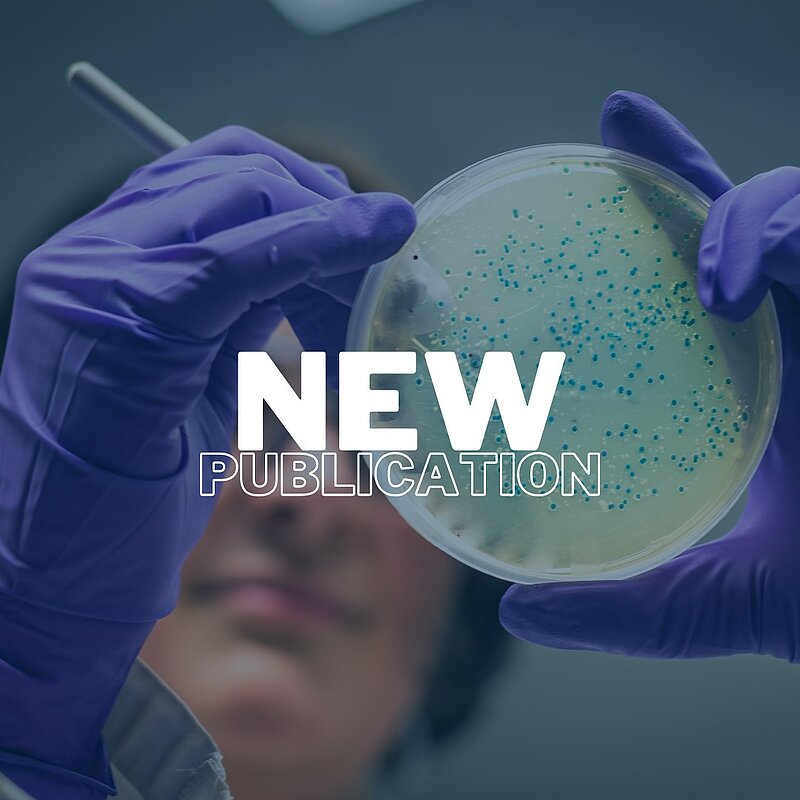Polyurethane (PU) is one of the mass-produced recalcitrant plastics with a high environmental resistance but extremely low biodegradability. Therefore, improperly disposed PU waste adds significantly to plastic pollution, which must be addressed immediately. In recent years, there has been an increasing number of reports on plastic biodegradation in insect larvae, especially those that can feed on polyethylene and polystyrene. This study revealed that yellow mealworm (Tenebrio molitor) larvae can chew and ingest polyether-PU foams efficiently, resulting in a significant mass loss of nearly 67% after 35 days at a similar survival rate compared to when fed on bran. However, polyether-PU fragments were found in the frass of T. molitor, indicating that polyether-PU biodegradation and bioconversion in intestinal tracts were not complete. The scission of ether and urethane bonds in the polyether-PU can be evidenced by comparing polymer fragments recovered from frass with the pristine ones using Fourier transform infrared spectroscopy and X-ray photoelectron spectroscopy. Gel permeation chromatography suggested the release of low-molecular-weight oligomers as a result of the biodegradation, which also resulted in poor thermal stability of the polyether-PU foam as determined by thermogravimetric analysis. High-throughput sequencing of the gut microbiome revealed significant changes in the microbial community populations due to the polyether-PU diet, for example, an increase in the families Enterobacteriaceae and Streptococcaceae, suggesting that these microorganisms may contribute to the polyether-PU biodegradation.
Click here to read the full article.


